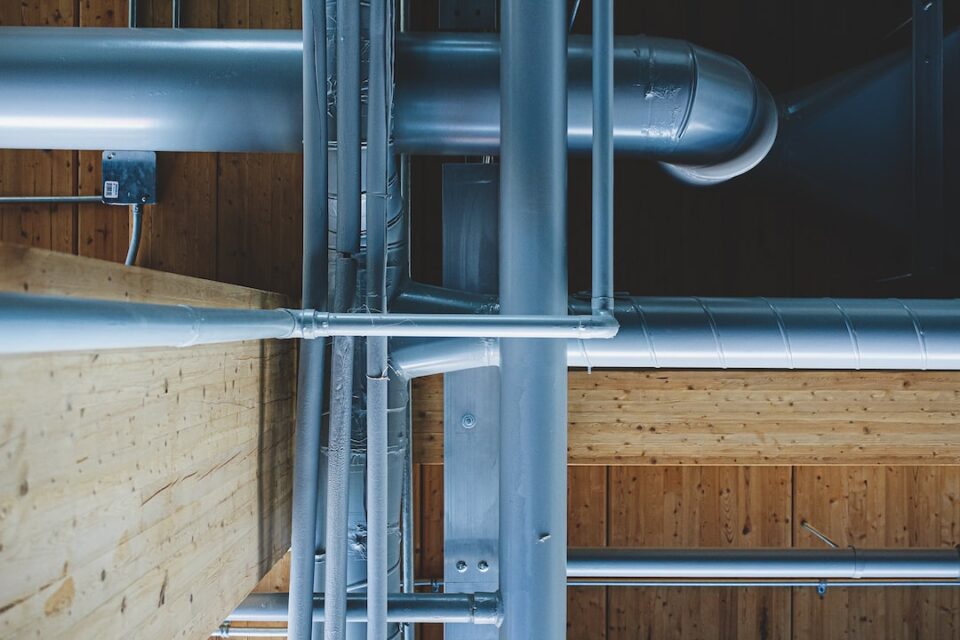Internet of Things in Agriculture: Revolutionizing Farming Practices
The rapid advancement of technology has transformed various industries, and one sector that is witnessing a significant revolution is agriculture. The integration of the Internet of Things (IoT) in agriculture has brought about numerous benefits, enabling farmers to enhance their farming practices and achieve higher yields. This blog post will explore how the IoT is transforming the agricultural landscape by increasing efficiency, reducing costs, and promoting sustainability.
Firstly, the IoT has revolutionized the way farmers monitor and manage their crops and livestock. By using sensors embedded in the fields, farmers can gather real-time data on soil moisture, temperature, humidity, and nutrient levels. This data can be analyzed and used to optimize irrigation schedules and ensure that crops receive the right amount of water and nutrients, leading to improved crop yield and quality. Additionally, IoT devices can monitor livestock health and behavior, alerting farmers to any abnormalities that may require immediate attention, thereby preventing potential losses and ensuring animal welfare.
Moreover, the IoT has empowered farmers to automate various tasks, saving them time and effort. Coordinating irrigation, fertilization, and pest control can be a challenging and time-consuming process for farmers. However, with IoT-enabled devices and systems, such as smart irrigation controllers and automated pest monitoring systems, these tasks can be managed remotely and more efficiently. Farmers can set precise schedules based on real-time data, minimizing water waste and optimizing the usage of fertilizers and pesticides. This not only reduces costs but also minimizes the environmental impact associated with excessive chemical usage.
Another significant aspect of the IoT in agriculture is its ability to enable precision farming. This concept involves using data-driven strategies to make informed decisions and carry out precise actions within the farming process. Through IoT devices, farmers can create detailed maps of their fields, indicating variations in soil composition, moisture levels, and nutrient distribution. Armed with this information, farmers can tailor their farming practices, such as planting, fertilizing, and harvesting, to specific areas of their fields, optimizing resource allocation and maximizing crop output. Precision farming not only improves productivity but also reduces waste and environmental impact by minimizing the use of water, fertilizers, and pesticides.
Furthermore, the IoT facilitates the integration of various farming systems and processes, enhancing overall farm management. IoT platforms allow farmers to integrate different applications and devices, providing centralized monitoring and control of their entire farm operations. This integrated approach enables efficient data sharing between different components, such as sensors, agricultural machinery, and storage facilities, thus improving decision-making and resource allocation. For instance, real-time data on weather conditions can be used to optimize the scheduling of farm activities, such as planting, harvesting, or applying pesticides. By streamlining and synchronizing these processes, farmers can achieve higher productivity and reduce operational costs.
In addition to improving farming practices, the IoT can also enable farmers to comply with regulatory requirements and market demands. With the increasing emphasis on sustainability and traceability, farmers need to demonstrate responsible agriculture practices. IoT devices can monitor factors such as water and energy usage, chemical application, and waste management, providing farmers with data that can be used for reporting and certification purposes. This not only helps farmers meet regulatory standards but also enhances their position in the market, as consumers increasingly seek out sustainably produced food.
However, despite its numerous benefits, the adoption of IoT in agriculture is not without challenges. High upfront costs, limited connectivity in rural areas, and data security concerns are some of the obstacles that farmers may face. The initial investment required for IoT devices, sensors, and connectivity infrastructure can be a deterrent for small-scale farmers. Additionally, reliable internet connectivity is necessary for real-time data transmission and remote control, which may not be readily available in all agricultural regions. Furthermore, the question of data privacy and security remains a critical concern, as any breach or misuse of data can have severe consequences for both farmers and consumers.
In conclusion, the IoT has revolutionized agriculture by bringing efficiency, automation, precision, and integration to farming practices. The ability to gather real-time data and make data-driven decisions has empowered farmers to optimize resource allocation, reduce costs, and increase productivity. By embracing IoT devices and systems, farmers can not only enhance their farming practices but also contribute to sustainability efforts and meet regulatory requirements. While challenges persist, the potential benefits of IoT in agriculture are immense, promising a brighter and more sustainable future for farming.

